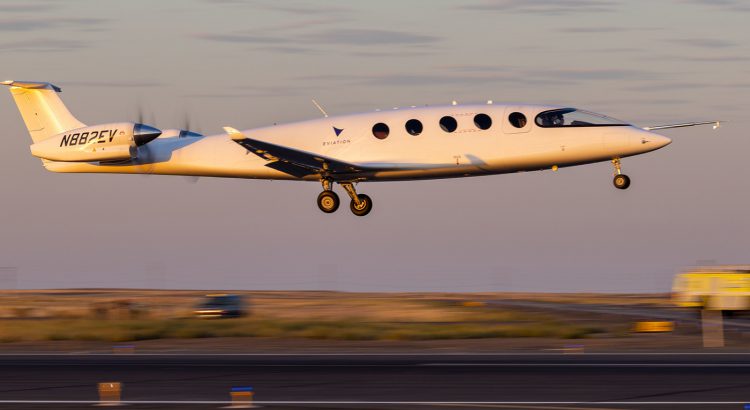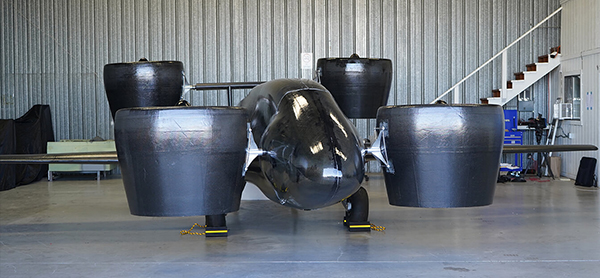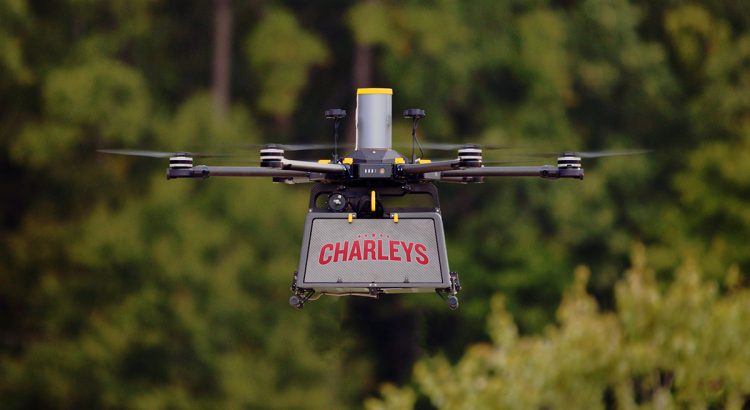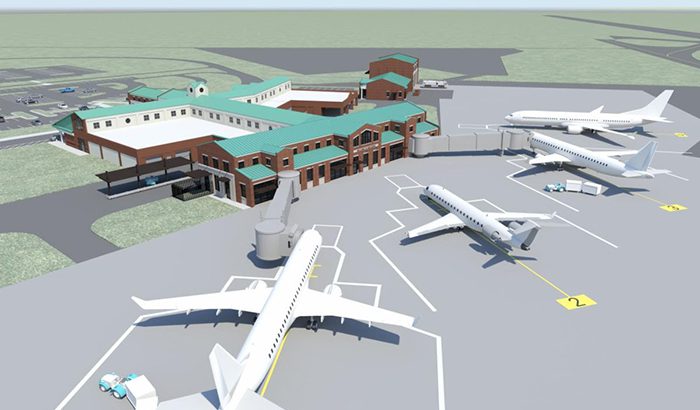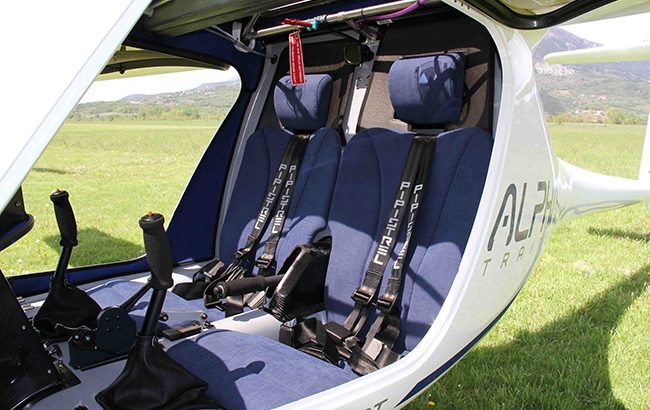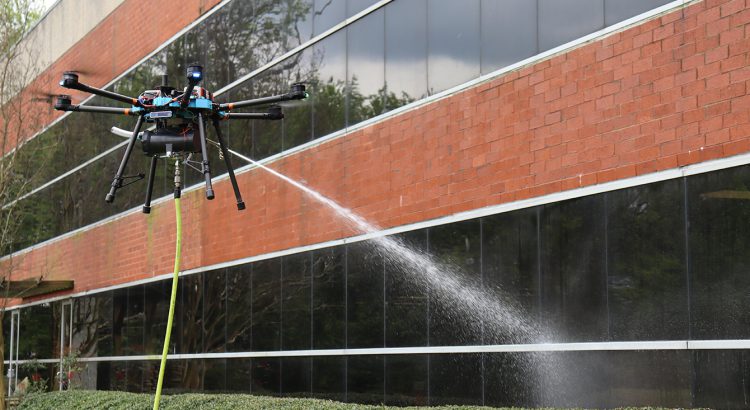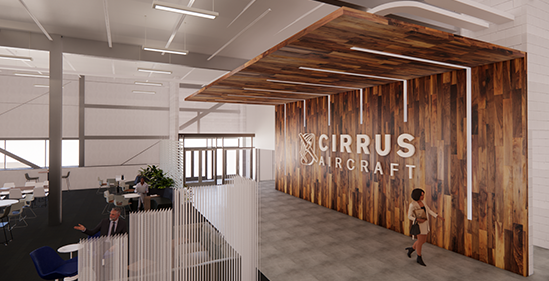Eviation Aircraft, a manufacturer of all-electric aircraft, successfully completed the first flight of its zero-emission Alice aircraft, a historic day and major milestone in electric aviation. Alice lifted off at 7:10 a.m. from Grant County International Airport (MWH), flying for 8 minutes at an altitude of 3,500 feet. This trailblazing flight of the technology demonstrator […]
Month: September 2022
Sabrewing’s Rhaegal Cargo UAV Shatters World Record Payload on First Flight
Sabrewing Aircraft Company, Inc. announced today that its RH-1-A “Rhaegal” (pronounced “Rye-gull”) VTOL air cargo drone had achieved its first hover flight while lifting a record-setting payload. This pre-production air vehicle, also known as the RG-1-A “Alpha” model, was able to lift a record-breaking 829-pound (374 kg) payload, shattering the previous world record for the […]
Charleys Philly Steaks Partners with Flytrex to Bring Flying Cheesesteaks to Durham, North Carolina
Charleys Philly Steaks, the largest cheesesteak franchise in the world, today announced it has partnered with Flytrex, the leader in ultrafast delivery for food and retail, to deliver freshly grilled cheesesteaks via drone in Durham, North Carolina. Orders from Charleys are placed using the Flytrex app and delivered via the skies to front and backyards […]
Major Terminal Expansion Begins at Coastal Carolina Regional Airport
Coastal Carolina Regional Airport (EWN) is pleased to announce the start of a major terminal expansion project. The terminal expansion is part of a multi-faceted master plan designed to strengthen the airport’s long-term appeal and functionality for airlines and passengers alike. The terminal project will increase the size of the facility by approximately 20% and […]
SIU Researchers Pioneer Use of Psychology to Optimize Student Pilots’ Success
Photo above – Seeking to optimize performance: Southern Illinois University Carbondale faculty Eric Lee, left, assistant professor in psychology, and Irene Miller, assistant professor in aviation management, are involved in research to examine whether sports psychology skills and techniques can help student pilots get in a good mindset and optimize their performances. (Photo by Russell […]
AOPA’s Air Safety Institute Releases Early Analysis on Santa Monica and Reno Crashes
The Aircraft Owners and Pilots Association Air Safety Institute (ASI) released new video from its Early Analysis series providing an initial examination of a recent tragic accident involving a light sport aircraft in Santa Monica and of a tragic accident that took place on September 18, 2022, at the Reno Air Races. On Sept. 8, […]
Research Reveals Strong Growth in the EVTOL Market
New research from Revolution Aero, which monitors the electric vertical take-off and landing (eVTOL) sector, reveals the industry has secured over 4,600 orders. It estimates that just over 1,000 of these were made pre-2021, around 1,950 in 2021 and there has been approximately 1,650 orders this year so far. Revolution Aero estimates the eVTOL companies […]
Mesa Airlines Offers Accelerated Path to 1,500 Hours
Mesa Airlines announced that it has purchased 29 state-of- the-art Pipistrel Alpha Trainer 2 aircraft, with the option to buy an additional 75 over the next year. The new fleet will be the backbone of the Mesa Pilot Development Program (MPD), a major initiative to close the pilot shortage gap that has been affecting the […]
Lucid Drone Technologies Selected as a Venture Atlanta 2022 Presenting Company
Lucid Drone Technologies announced today that it has been chosen out of a record-breaking 450-plus applicants as one of the top technology companies in the Southeast to present at Venture Atlanta FORWARD 2022 to be held October 19-20. For 15 years, the annual conference has been selecting the most promising tech companies and bringing in […]
Cirrus Aircraft Unveils 189,000-Square-Foot Duluth Innovation Center Dedicated to Revolutionizing Personal Aviation
Cirrus Aircraft announced plans to develop the Duluth Innovation Center at its headquarters following the recent acquisition of the former Northwest Airlines Corp. facility, more recently occupied by AAR Corp., located at the Duluth International Airport (KDLH) in Minnesota. Cirrus Aircraft will invest heavily to transform the 189,000-square-foot building on 39 acres into a state-of-the-art […]
